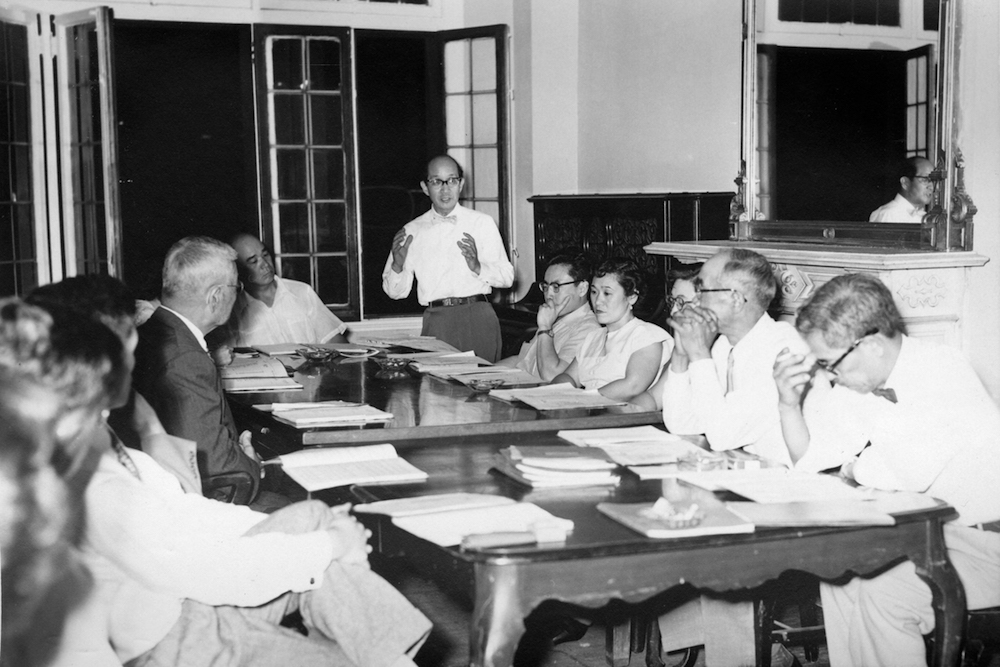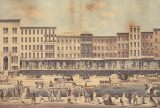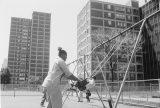How Japanese Americans Built a ‘Useful American Life with All Possible Speed’ in 1940s Chicago
Incarcerated on the West Coast by the U.S. Government, Thousands Were Then Given ‘Work Leave’ to Resettle in the Midwest
In March 1943, Kaye Kimura left the “Manzanar War Relocation Center” in California and boarded the same train that had brought her there in 1942, when President Franklin D. Roosevelt had sent 120,000 Japanese Americans to wartime prisons.
During her first trip on the train, Kimura had ridden with the windows closed and the shades down, by order of the military. This time, as a parolee and not a prisoner, she was allowed to gaze at the world beyond.
Kimura, just 28 years old, was headed to Chicago with urgent …










